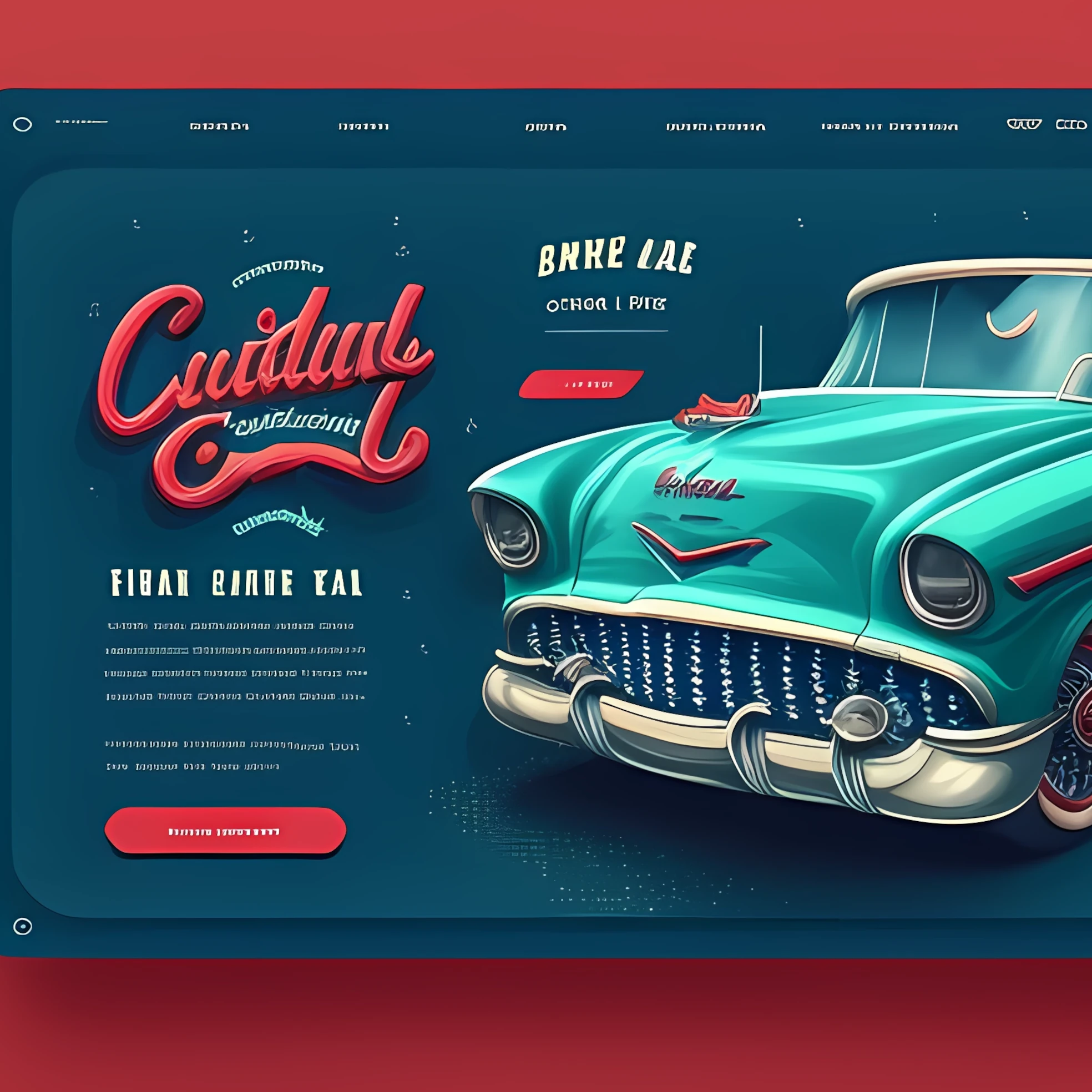There was a time when slow websites were a nuisance.
Today, they’re a liability.
We live in an age where milliseconds matter. A user will abandon a site after three seconds. Google’s crawlers will skip pages if your server drags. Customers will bounce, rankings will drop, conversions will plummet—and the worst part? Most developers and SEOs either don’t know or don’t care.
As someone who used to think developers were just lazy, I’ve come to a different conclusion: many just don’t know how performance really works.
Designs are flashy. Themes are beautiful. Portfolios look impressive.
But underneath the surface?
- 45-second load times
- Unoptimized JavaScript
- Bloated images
- Third-party tools that break accessibility
- Pages that fail every Core Web Vitals test
And yet, the agency still claims: “Lightning-fast.”
The developer still says: “ADA compliant.”
That’s the digital equivalent of listing a car with leather seats and a heated steering wheel—when the vehicle doesn’t even start.
If you’re a web developer, designer, or SEO: it’s time to stop treating page speed like a nice-to-have. It’s a requirement.
Frequently Asked Questions
Design is only useful after the page loads. A gorgeous layout doesn’t matter if no one sticks around to see it.
No theme alone can optimize everything. True performance comes from backend tuning, custom code, and server configurations.
Absolutely. Google uses mobile-first indexing, and 80%+ of traffic is mobile. Ignore mobile, lose users.
Use:
- Google PageSpeed Insights
- Lighthouse
- WebPageTest
- GTmetrix
- Chrome DevTools
- Core Web Vitals in Search Console
Plugins help, but they’re not magic. Speed requires eliminating bloat, optimizing assets, improving server response, and writing efficient code.
And Plugins add more code bloat!
Google recommends LCP under 2.5 seconds. Under 1 second is ideal for mobile. Under 100ms FID is best for interaction.



Comments
Log in to add a comment.